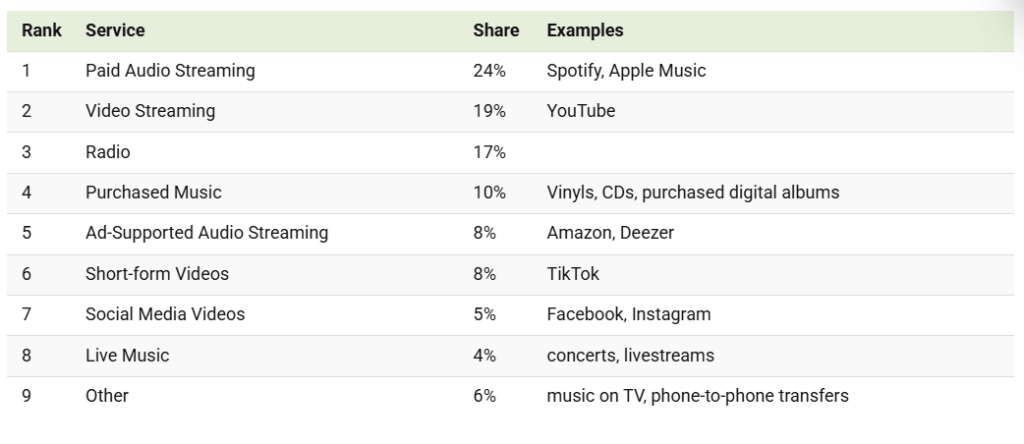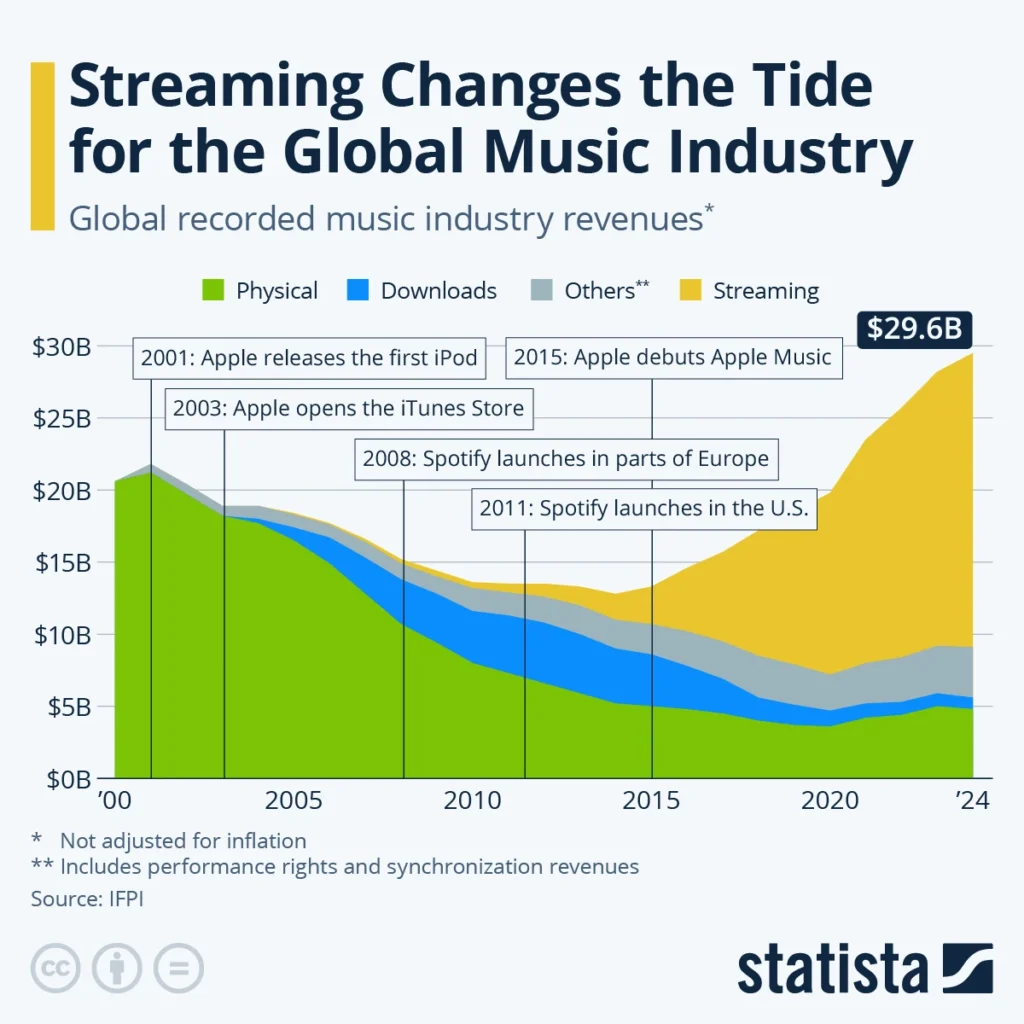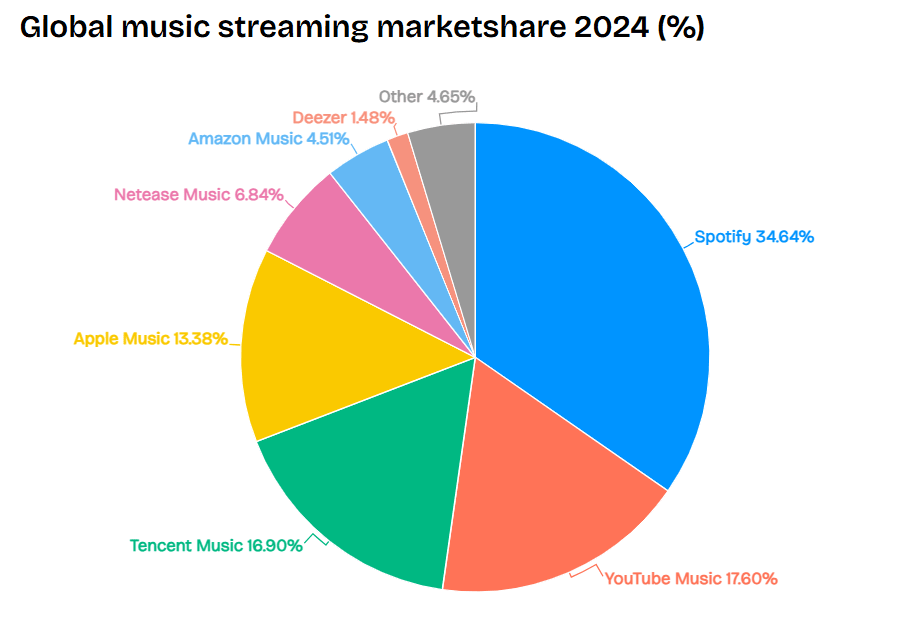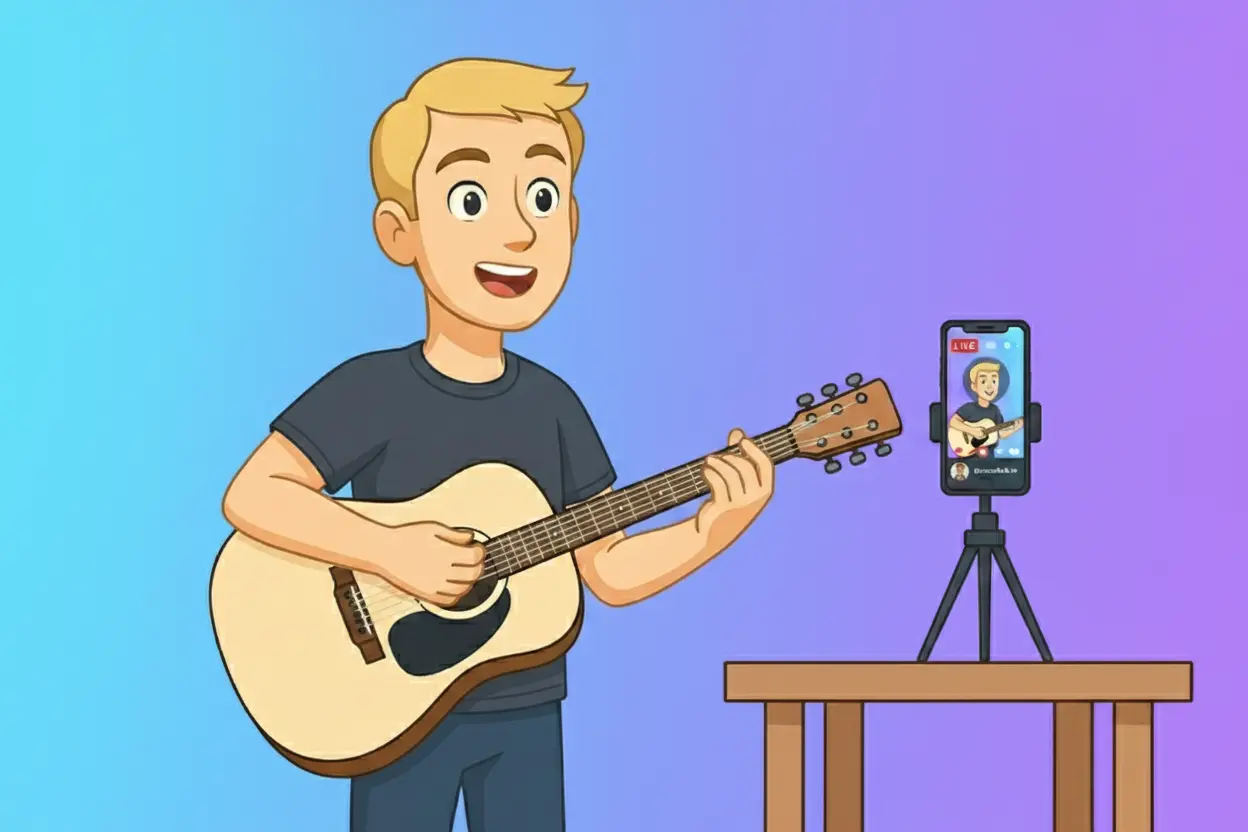Fewer than 2 out of 10 viral tracks ever lead to a second hit, according to industry research. Going viral might feel like a career breakthrough, but for most artists, it’s only a fleeting moment.
Independent musicians who want staying power need more than luck, they need reliable distribution, accurate track info, consistent branding, and a direct line to their fans.
This article shows how independent artists combine viral sparks with long-term planning to build music careers that last.
Key Takeaways
- Virality can grab attention, while steady work builds careers
- Music promotion for independent artists begins weeks before release
- TikTok can drive discovery, but it works best as part of a wider plan
- Clear branding and regular contact keep listeners engaged
- Diversifying income beyond streams helps sustain long-term growth
Can a Viral Moment Be a Strategy?
Viral moments are powerful, yet most do not turn into sustained careers. Research indicates fewer than 17 percent of viral tracks lead to another hit in the next year, according to the CUNY TikTok study.
Viral attention should be treated as a helpful spark, not a career plan. Without follow up, streams fade and listeners move on.
Music Promotion Starts Before You Release
A strong rollout begins six to eight weeks before release. Lock in ISRC codes, finalize song details, post short teasers, and line up playlist submissions ahead of time. These steps ensure release day feels like a culmination, not just a starting point.
Some artists lean on storytelling in short videos, while others build small, active communities first. Many also use cold emails to reach curators, bloggers, and collaborators early, helping generate interest and build anticipation ahead of release day. Email marketing platforms can streamline these outreach efforts, track engagement, and ensure your messages reach the right audience.
Some artists lean on storytelling in short videos, while others build small, active communities first. Waiting until launch day usually leaves momentum on the table.
There are many ways to approach music marketing, but nearly all require planning ahead instead of reacting late.

Digital Distribution and Metadata Still Rule
Distribution makes your music accessible, and tagging fields tell streaming services how to classify it. Spotify metadata guidelines show how even small errors can block editorial consideration.
Effective digital music distribution and accurate metadata tagging influence audience and stream growth. Track info such as genre, mood, and contributor credits helps services match songs to listeners.
Artists who care about listening quality can also explore bluetooth codecs, since audio fidelity often shapes first impressions with fans.

Where TikTok Fits in the Plan
TikTok is often the loudest amplifier for new music. A snippet can go global overnight, but attention there does not always convert into long-term listeners. Independent artists can use TikTok to spark interest, then guide fans to Spotify, Apple Music, or email lists where deeper engagement happens. Tools like a TikTok Scraper help identify which content resonates most.
The rise of lo-fi music proves niche communities can sustain careers even without massive viral fame.
Case Studies of Indie Artist Success
Lil Nas X: Old Town Road started as a meme but became unstoppable. It stayed 19 consecutive weeks at No. 1 on the Billboard Hot 100, breaking a decades-long record. What began as a viral clip turned into a carefully extended run through remixes and playlist strategy.
Bella Poarch: Her lip-sync to M to the B drew 400 million+ TikTok views, but her follow-up Build a B**h* earned RIAA gold certification in the U.S.. That shift from viral clip to certified hit came through branding consistency and influencer-driven promotion.
Lola Young: Before releasing Messy, she used TikTok teasers to drive 200,000+ Spotify pre-saves. That early data helped secure editorial playlist placements and even a late-night TV performance.
Samm Henshaw: His track Church surpassed 30 million Spotify streams before his debut album. Instead of chasing a single viral hit, he grew steadily through live Q&As, fan storytelling, and steady content, proving slow-burn strategies can still deliver.
Together these examples show two truths: viral fame can launch visibility, but consistency and planning sustain a career.
Branding Strategies That Last
Branding is more than a logo. It’s the colors, tone, and story that make content instantly recognizable. Fans usually connect more deeply when artists maintain message consistency across social captions, live chats, and visuals.
For some, that means experimenting with modern design tools like AI fonts. Others prefer investing in professional logo design to create a look that lasts.

Larger campaigns often bring in agencies for branding solutions or even premium branding services to refine visuals and messaging at scale.
Another growth path is content diversification. Starting a podcast is one way to share stories and stay visible. For musicians considering it, here’s how to start a podcast.
Building Community and Fan Loyalty
The strongest artists focus on turning listeners into fans. Some do it with live Q&As, others by sharing behind-the-scenes stories, and many use newsletters to stay personal. Platforms like Discord or small fan groups give listeners a sense of belonging.
Offering exclusive content or early access builds even stronger connections. Working with trusted brand positioning experts can help artists craft strategies that deepen these relationships and highlight their unique identity. These touches turn casual listeners into dedicated fans who return release after release.
Revenue Diversification for Sustainability
Streaming revenue is rarely enough. Independent artists expand into:
- Merchandise like T-shirts or vinyl
- Sync licensing for TV, film, and ads
- Crowdfunding projects
- Ticketed live streams with global reach
- Fan subscriptions through Patreon or similar platforms
According to IFPI, income beyond streaming is growing steadily. For indie musicians, diversification is now a must.
Multi Phase Approach to Campaigns
Every release benefits from a structured rollout. Momentum begins before release, peaks at launch, and sustains through creative follow-up content.
| Phase | Actions | Metrics to Watch |
| Pre release | Pre saves, teaser clips, email outreach | Pre save counts, social shares |
| Launch week | Playlist pitching, influencer mentions, email blast | Save-to-library rate, streams |
| Months 1 to 3 | Remixes, acoustic versions, fan-driven challenges | Listener retention, playlist adds |
| Ongoing | Live Q&As, new content drops, newsletters | Fan growth, replay rates |
This phased approach extends a track’s lifespan and maximizes its reach.
Why Moments Fade and How to Avoid It
Viral attention fades quickly without systems to keep listeners engaged. Artists who skip building mailing lists, fan groups, or branding often lose momentum after one big moment. To maintain visibility and keep audiences engaged after major releases, many turn to Spark Ads to boost reach and sustain momentum.
Errors in release data can also hurt careers. One act lost weeks of playlist exposure because of missing credits, only recovering after corrections.
Conclusion
Trends fade quickly. Songs with real stories last. Independent artists who focus on distribution, accurate song details, and strong fan relationships give their music the best chance to grow beyond a viral moment.
TikTok may introduce you to millions, but consistency makes them stay. The artists who win aren’t chasing today’s trend, they’re preparing for tomorrow’s release. Viral sparks are a bonus. The career is built in the follow-through.
FAQs
1) How Often Should I Release New Music?
Every six to eight weeks is a healthy rhythm. It keeps you visible without overwhelming your listeners, and gives fans time to connect with each track.
2) Is TikTok Worth Trying For Smaller Artists?
Yes, but with intention. Even a $50 budget can help boost a clip that already connects. The key is authenticity, fans can tell when content feels forced.
3) Can Independent Artists Really Make Money Outside of Streaming?
Chasing exposure without retention. Mailing lists, fan communities, and personal updates turn casual listeners into long-term fans. Without them, every release feels like starting from scratch.
4) What Mistake Do New Indie Artists Make Most Often?
Chasing exposure without retention. Mailing lists, fan communities, and personal updates turn casual listeners into long-term fans. Without them, every release feels like starting from scratch.



